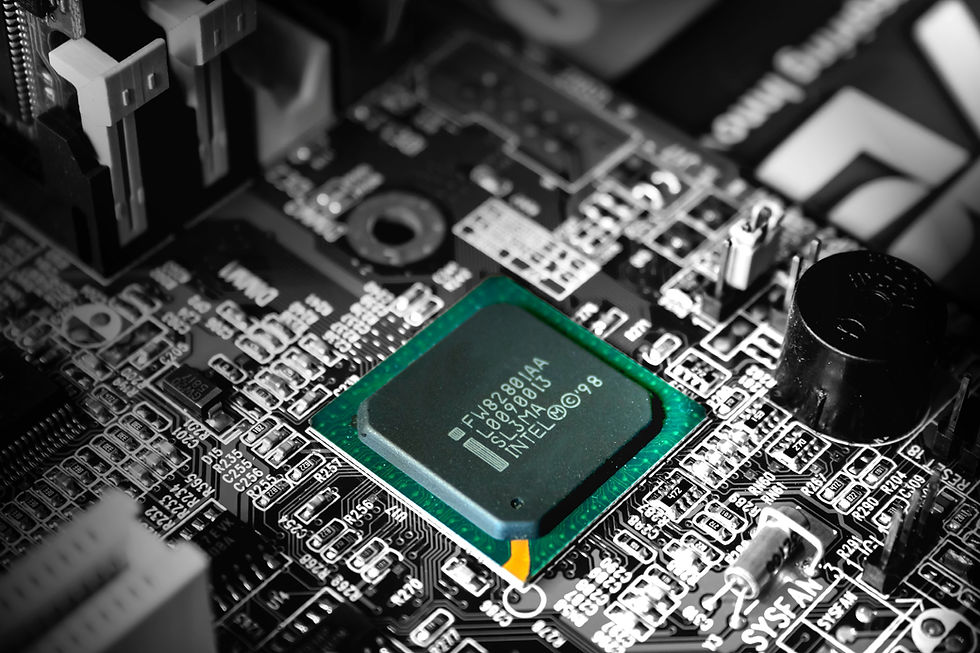#DroneMappingSouthDakota #OrthomosaicSouthDakota #LandUse #EnvironmentalSurvey #LandDevelopment #UrbanPlanning #CivilEngineering #DroneMapping #CadastralSurveys #Orthomosaic #TopographicMaps
Table of Contents

Introduction
The field of land surveying is undergoing a revolutionary transformation, with drone technology at the forefront of this change. As a drone pilot specializing in aerial survey mapping with orthomosaics in Sioux Falls, South Dakota, I've witnessed firsthand the growing trend of surveyors and engineering firms embracing this innovative approach. This article explores why drone surveys are becoming increasingly popular and how they're addressing longstanding challenges in the industry.
Challenges of Traditional Surveying
Traditional surveying methods have long been the backbone of the industry, but they come with their own set of challenges:
1. Time-consuming: Surveying large areas or difficult terrain can take days or even weeks using conventional methods.
2. Labor-intensive: Traditional surveys often require multiple team members on the ground.
3. Safety concerns: Accessing hazardous or hard-to-reach areas poses risks to surveyors.
4. Limited perspective: Ground-based surveys may miss important topographical features.
"The limitations of traditional surveying become particularly apparent when dealing with vast or challenging landscapes. That's where drone technology truly shines."

Drone Technology: A Game-Changer for Surveying
Drone surveys offer numerous advantages that address these pain points:
1. Efficiency: Drones can cover large areas in a fraction of the time required for traditional surveys.
2. Cost-effective: Reduced labor and time translate to lower costs for clients.
3. Safety: Drones can access dangerous areas without putting personnel at risk.
4. Comprehensive data: Aerial surveys provide a bird's-eye view, capturing details that might be missed from the ground.
GPS Correction Technologies
To ensure the highest level of accuracy in drone surveys, two GPS correction technologies are commonly used:
Real-Time Kinematic (RTK)
RTK technology provides real-time corrections to GPS data during the flight:
- Improves accuracy to centimeter-level
- Reduces post-processing time
- Ideal for projects requiring immediate results
Post-Processed Kinematic (PPK)
PPK applies corrections to GPS data after the flight:
- Offers similar accuracy to RTK
- More reliable in areas with poor radio signal
- Allows for corrections even if real-time connection is lost during flight
Feature | RTK | PPK |
Accuracy | Centimeter-level | Centimeter-level |
Processing Time | Real-time | Post-flight |
Signal Dependency | Requires constant radio link | Less dependent on constant signal |
Best Use Case | Immediate results needed | Areas with poor radio coverage |

Creating High-Quality Orthomosaics
An orthomosaic is a geometrically corrected aerial image that combines multiple photos into a single, accurate representation of an area. Key factors in creating high-quality orthomosaics include:
1. Image overlap: Ensuring sufficient overlap between images (typically 75% front overlap and 60% side overlap)
2. Consistent lighting: Flying during optimal lighting conditions to minimize shadows and glare
3. Stable flight: Using a drone with good stabilization to reduce blur
4. Proper camera settings: Adjusting shutter speed, ISO, and aperture for crisp images
"A high-quality orthomosaic is the foundation of accurate drone surveying. It's not just about taking pictures; it's about capturing precise, usable data."
Factors Affecting Aerial Survey Quality
Several factors can impact the quality of aerial surveys:
Hardware Considerations
- Mechanical shutter: Drones with mechanical shutters reduce distortion in images, especially when capturing fast-moving objects or flying at higher speeds.
- Sensor size: Larger sensors generally produce better image quality and perform better in low-light conditions.

Environmental Factors
- Sun glare: Bright sunlight can create glare and shadows, affecting image quality. Flying during overcast days or during "golden hours" can mitigate this issue.
- Wind: Strong winds can affect drone stability and image quality. Always check weather conditions before flying.
Flight Parameters
- Altitude: The height at which the drone flies affects ground sampling distance (GSD) and image resolution. Lower altitudes generally provide higher resolution but require more images to cover the same area.
- Flight speed: Slower speeds can improve image quality but increase flight time.
Pixel Resolution
The pixel resolution of your drone's camera directly impacts the quality of survey data:
- Higher resolution (more megapixels) allows for more detailed orthomosaics
- Consider the balance between resolution and file size/processing time
- Typical resolutions range from 12MP to 48MP for survey-grade drones
Software for Processing Aerial Data
After capturing aerial imagery, specialized software is used to process the data and create usable survey products. Popular options include:
1. Pix4D: Industry-standard software for photogrammetry and mapping
2. DroneDeploy: Cloud-based platform for drone mapping and 3D modeling
3. Agisoft Metashape: Powerful photogrammetry software for creating 3D models and orthomosaics
4. Global Mapper: GIS application with extensive analysis and 3D visualization capabilities
These software packages can generate:
- Orthomosaic maps
- Digital elevation models (DEMs)
- 3D point clouds
- Contour maps
- Volumetric calculations

Drone Surveying in Sioux Falls and the Upper Midwest
Sioux Falls, South Dakota, and the surrounding Upper Midwest region present unique opportunities and challenges for drone surveying:
- Diverse landscapes: From urban areas to vast agricultural lands, drone surveys can efficiently capture a wide range of terrains.
- Seasonal considerations: Harsh winters may limit flying opportunities, making efficient use of good weather crucial.
- Agricultural applications: Precision agriculture is a growing field in the region, with drone surveys providing valuable data for crop management and yield estimation.
- Infrastructure projects: Drone surveys are invaluable for monitoring and planning infrastructure developments in rapidly growing areas like Sioux Falls.
"The Upper Midwest's varied landscape and growing industries make it an ideal region for leveraging the benefits of drone surveying technology."
Conclusion
Drone surveying is revolutionizing the field of land surveying, offering unprecedented efficiency, safety, and data quality. As technology continues to advance, we can expect even more innovative applications in the future. For surveyors and engineering firms in Sioux Falls and beyond, embracing drone technology is not just a trend—it's a strategic move towards more accurate, cost-effective, and comprehensive surveying solutions.
Citations:
Comments